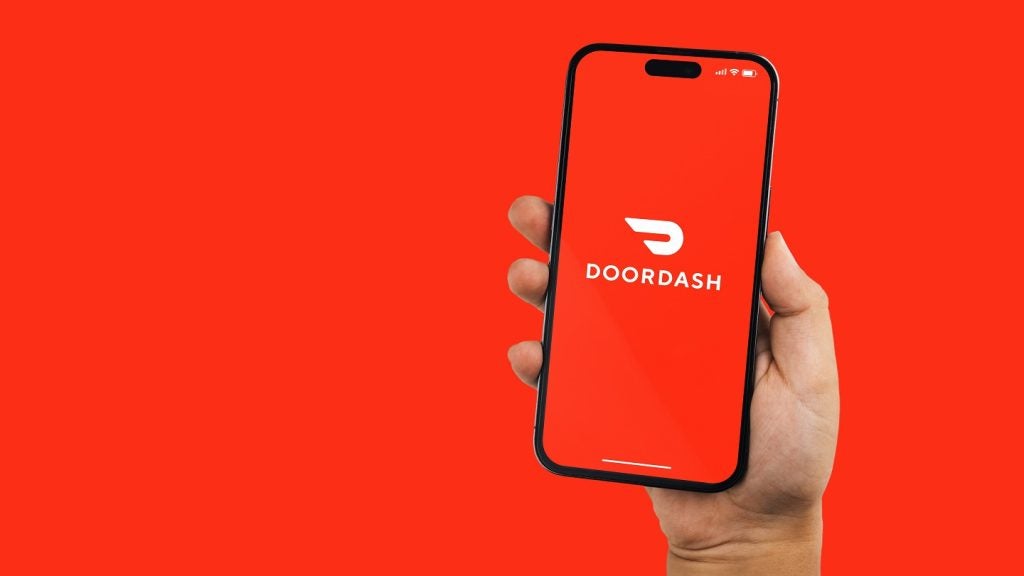In today’s competitive retail landscape, most retailers have adopted a multi-brand strategy that provides a one-stop shopping experience for their customers.
However, managing multiple brands can come with its own set of unique challenges. For example, retailers may have different distribution partners for each brand or want to test a subset of their products under one brand but not another.
The inventory data for each brand is also often stored separately. With data stuck in siloed systems, it can be both complex and time-consuming for retailers to get a full, accurate view of inventory for all brands, across all locations and sales channels.
Having an up-to-date, accurate view of stock and the ability to configure fulfilment logic by brand is essential. Yet for many retailers, they have legacy systems and this can be hugely time consuming—and require a lot of development resources—to make changes happen.
As a result, multi-brand organisations are missing out on the advantages of a true cross-brand experience for their customers.
Here are four tips for retailers looking to add more brands to their business with ease:
Tip one: Get the organisational structure right
Retailers need to pick an organisational structure that best suits their business needs.
An Order Management System provides retailers with the capabilities and flexibility to divide up their organisation in the best way possible. For example, split into brands or geographies or a combination of both.
Alternatively, retailers might set up different types of organisations, such as retail, marketplace, and wholesale.
Once the organisational structure has been sorted, retailers can define which data should be unique to each division, and which should be shared.
Tip two: Where appropriate, share data across divisions
Retailers should allow each division to access all locations and inventory across the organisation, whilst defining their own rules for fulfilling orders.
However, just because inventory and locations are shared, it does not mean they have to sell all that stock via every division.
Retailers can also use inventory rules to virtually segment what stock and locations they make available to promise, to each brand or region. This provides granular control over what they sell where. Meaning they can easily test a new product or category in a market, sell just a subset of products in a particular region, or apply different buffer or safety stock levels by brand or region.
Tip three: Provide an integrated cross-brand experience
When each business unit can access the locations and inventory of other business units, retailers can explore new fulfilment models. These include:
- Cross brand Click and Collect: If a retailer is a multi-brand organisation with stores which are used as pickup locations, some customers may live closer to a Brand A store, while others will live closer to a Brand B store. When locations and inventory are shared, a customer can place an order on the Brand A website and pick it up from their local Brand B store. When picking up in store, they’re more likely to make an additional purchase - making it a win-win for retailers.
- Cross brand merchandising: While some brands may have very distinct products, others may not. With the right cross-brand fulfilment, retailers can test popular products or accessories from one brand on the online storefront of another. This allows retailers to gain new insights into customer segments and behaviour, while increasing the average order value.
- Cross brand returns: No one likes returns. Especially not customers. With cross-brand fulfilment models, retailers can offer more convenient return options. This encourages consumers to buy. After all, over 50% of consumers review return policies and processes before making a buying decision. By enabling the option to return an online purchase at any of the stores in their network, retailers can encourage store footfall and boost sales.
- Cross region fulfilment: If retailers can share stock and locations across brands and regions, it provides new ways to add value and convenience for customers. For example, if a retailer’s UK website receives an order that can’t be fulfilled from a UK DC or store, they could check to see if the item is available in France or Germany instead. This will help fulfil customers’ orders while delivering a truly integrated cross brand experience.
Tip four: Templates can accelerate expansion
As retailers grow, it’s important to maximise economies of scale. Retailers should create a set of templates for business rules and procedures that serves as the base fulfilment logic for each new region or brand. These can then be modified to meet local or brand-specific requirements. This way, retailers can accelerate rollout and bring on new brands or regions in a matter of weeks.
As more and more retailers adopt a multi-brand strategy, it’s important they are able to add new brands and regions quickly and easily. With a clear view of inventory data and the right fulfilment models, retailers can make adding new brands to their business a piece of cake.
About the author: Rob Shaw is the General Manager for Europe, the Middle East, and Africa (EMEA) at Fluent Commerce, a top-tier order management system.















